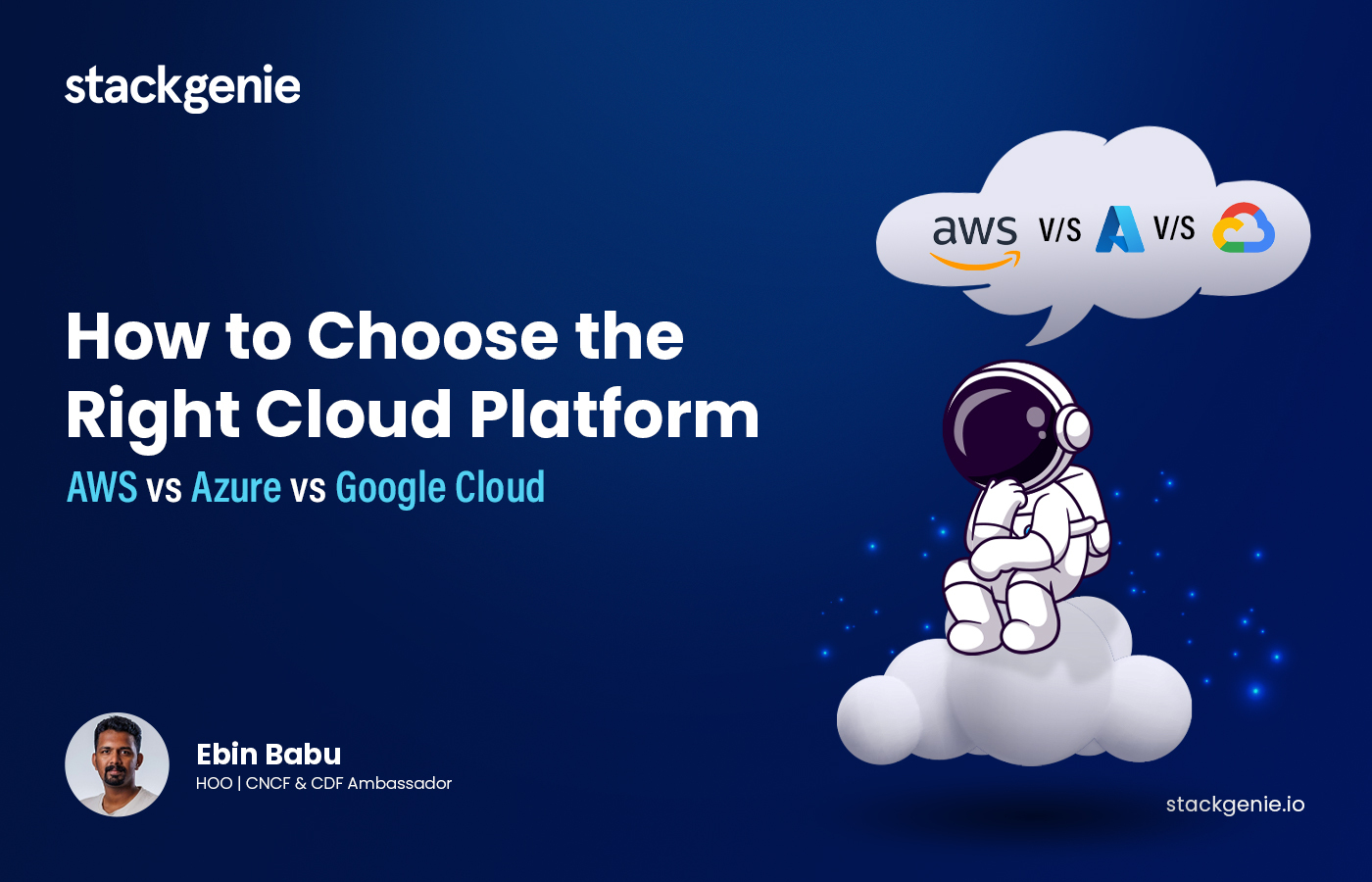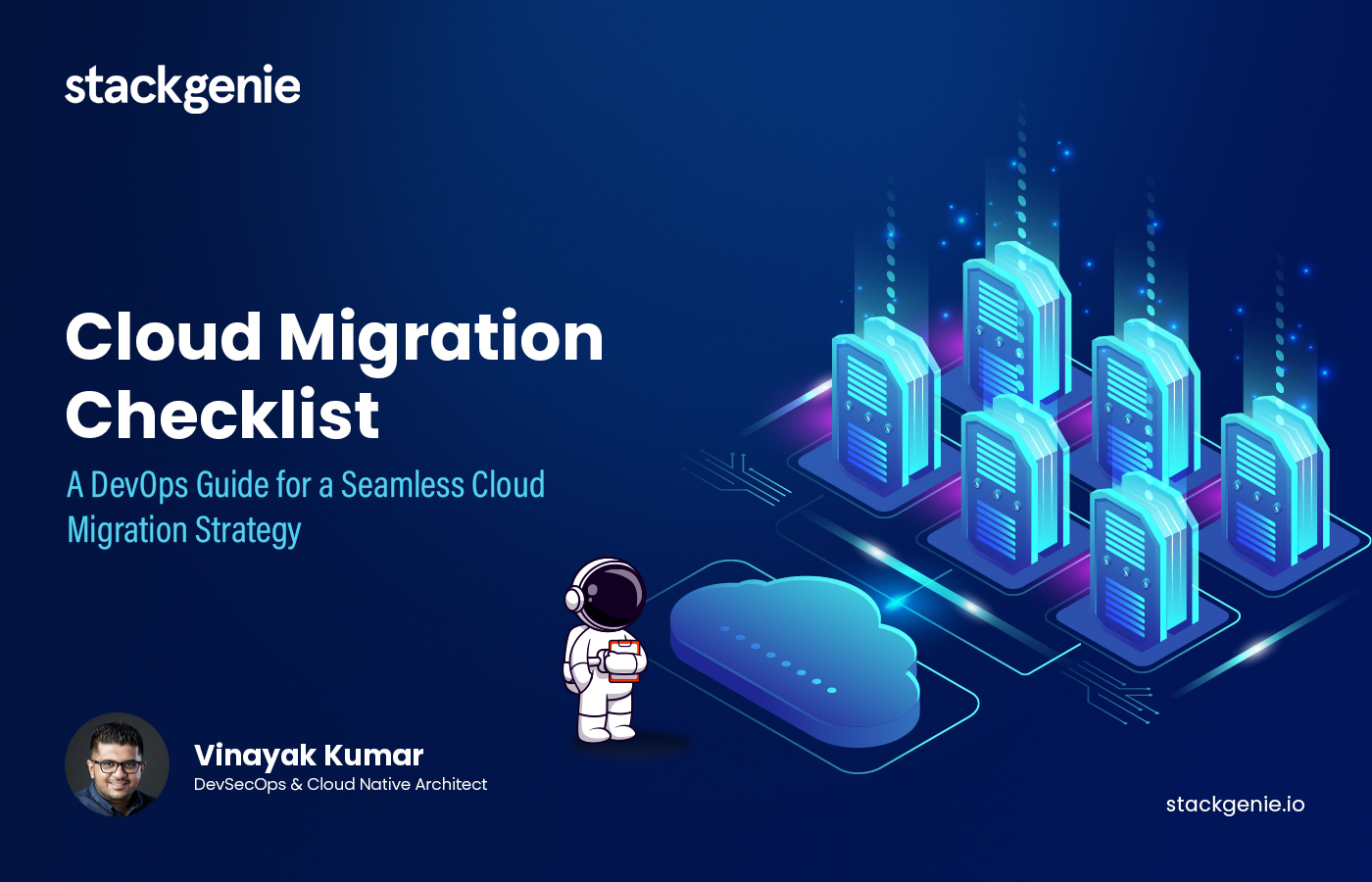The cloud market has been growing faster than expected even during the steepest economic contraction experienced between 2019 – 2021. This is primarily due to the increase in demand for remote work options and also due to frequent lock downs during the Covid-19 pandemic. Cloud computing isn’t a new technology.
It has been around since the 1960’s in the form of network computing but garnered attention in 2006 when Eric Schmidt, the then Google CEO, introduced it at an industry conference. While about 98% of companies were running and maintaining their IT infrastructure on hardware servers on-premises, the pandemic led to some significant changes. Flexibility became a matter of concern and many companies migrated to the cloud to support changing forms of work culture. It was an adapt or die situation. In a Flexera survey conducted among global C- level executives, around 50% of them acknowledge that cloud usage and spend would continue to increase. Let’s examine what cloud migration is, what the different types of cloud services are, and what benefits it provides.

Cloud Migration: An Introduction
Cloud migration refers to the lift and shift of digital operations onto the cloud. It involves the transfer of legacy IT solutions from on-premises data centers to the cloud. It is similar to the process of relocating from one place to another. When you are in the middle of shifting homes you find you have to pack and stuff you had in your old house, move it to the new location, and unpack it. The only difference in the case of cloud migration is that you will be moving digital assets from one data center to another.
Models of Cloud Services
Cloud Service models are mainly of three kinds. Each one is different from the other and designed to support distinct business requirements. According to the difference in business needs, the cloud environment provided changes.
- Software as a Service (SaaS): SaaS refers to software provided by vendors over the internet such as Dropbox, Salesforce, MailChimp and Slack.
- Platform as a Service (PaaS): This refers to platforms that provide tools for application development such as AWS Elastic Beanstalk, Heroku and some Microsoft Azure services.
- Infrastructure as a Service (IaaS): These services involve a pay-as-you-go model for computing infrastructure. Examples of these include AWS EC2, Rackspace, Digital Ocean and Google Compute Engine.
- On-premises: In this service, the software and hardware are installed directly in the organization’s office or data center.
Cloud Deployment Models
Cloud deployment involves the deployment of an application through one of the following hosting models – software as a service (SaaS), platform as a service (PaaS), or infrastructure as a service (IaaS). Each of these services leverages the cloud. To make things simpler, think of it as the way in which enterprise software is made accessible across the globe, with inbuilt levels of authentication. Currently, there are four models of cloud deployment: public, private, community, and hybrid. They differ according to the difference in location of the infrastructure environment.
- Public cloud: Organizations rely on this Cloud Computing model to make their cloud-based digital assets available over the internet. Some of the organizations that use this form of cloud computing are Google, Facebook, and LinkedIn. The services offered are either free to the customer or on subscription basis.
- Private cloud: These are used exclusively for a single corporation and do not allow unauthorized access from external users. A private cloud is also called a ‘corporate cloud’.
- Hybrid cloud: As the name suggests the hybrid cloud model consists of a varying mixture of public, private, and on premises infrastructure. These are frequently used by larger corporations to keep their private data secure while providing support services to the public.
Benefits of Adopting the Cloud
Now that we have taken a look at the different options available in cloud computing, let’s dive into some of the benefits:
Cost Savings
If you are planning to go the cloud way, you’d be surprised by how much you can save when you no longer have to purchase expensive equipment, maintain it, or foot the electricity bills. You end up saving more when your DevOps specialist and system admins are not bogged down with backup and hardware maintenance. Since cloud vendors offer a pay-as-you-go pricing model, you only need to pay for what you use. The U.S. Air Force’s 45th Space Wing at Patrick Air Force Base reported an estimated annual savings of $180,000 in 2010 after adopting cloud services. This includes $104,000 in hardware costs, $30,000 in power to cool what used to be 60 file servers, $28,000 in maintenance costs, and $18,000 in other expenses.
Scalable
Cloud services automatically respond to peaks and drops in workload, and correspondingly adjust cloud capacity. Since this is automatically done, no additional effort is required from the companies that rely on these cloud services. It takes care of unnecessary spend on server equipment that companies that have seasonal increases in workload have to depend on for smooth working. In most cases, once the spike is over, the additional equipment becomes redundant, costing the company more in the long run. Majestic Resorts, located in several key tourist spots across the globe, faced challenges in having to replicate data across each data center and difficulties in accessing operational data at each location. They solved the challenge by investing in cloud computing, relying on the AWS cloud to consolidate their worldwide operations and improve scalability.
Secure
Cloud service providers follow strict industry standards and comply with regulations through regular updates. These updates are aimed at reducing security risks such as cyberattacks on client data. Gartner predicts that up to 99% of cloud security failures till the year 2025 will be due to a breach from the client’s side. California-based Hill Physicians Medical Group required protection of over 8000 systems and four petabytes of data when they decided to move to the cloud. This move helped them implement anti-spam programs and email multi-factor authentication. With the new work culture that dawned with the pandemic, the need for seamless security at all locations has become more imperative, making their decision to go cloud a wise one.
Reliable
Businesses are reliant on their IT infrastructure to avoid hardware problems and downtime. This becomes a challenge with on-premise servers and infrastructure. Cloud migration not only lowers downtime, it also reduces the risk of data loss in the future. Most of the reliable cloud service providers have service-level agreements that guarantee an uptime of 99%. The onus of maintaining servers, storing backups, and disaster recovery rests with the service providers, leaving a lot of the client’s time saved for other critical functions in the organization.
Quick Implementation
Cloud computing has numerous advantages and offers limitless opportunities. Most of the organizations that tap into this service choose it to further their digital innovation vision. The flexibility, reliability, security, and scalability offered makes it a good environment for accelerated implementation and collaboration on projects.
Availability
With cloud computing comes the opportunity to be accessible anywhere in the world, and anytime. It provides the perfect environment for simultaneous collaboration on projects being worked on from continents with differing time zones.
Conclusion
Considering the requirements that organizations have to maintain competitiveness and business continuity, a transition to cloud services is a logical and necessary step. While shifting from legacy software and on-premise servers will take time, in wake of all the benefits, it is a worthy investment.
Consult with stackgenie’s cloud experts for tailored guidance that aligns with your business goals. Let us help you navigate this critical decision to ensure your IT strategy supports your long-term success.


